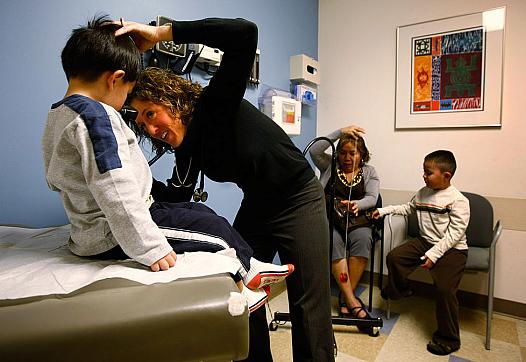
The annual Data Book published by Kids Count this week feeds into a larger news trend of late that has emphasized broad gains in children's health and morality rates.

The annual Data Book published by Kids Count this week feeds into a larger news trend of late that has emphasized broad gains in children's health and morality rates.

Children are consistently switched from one Medicaid insurance company to another without their parents' consent, and pediatricians continue to have trouble getting their patients the medication and treatment they need, a new survey of Florida pediatricians finds.
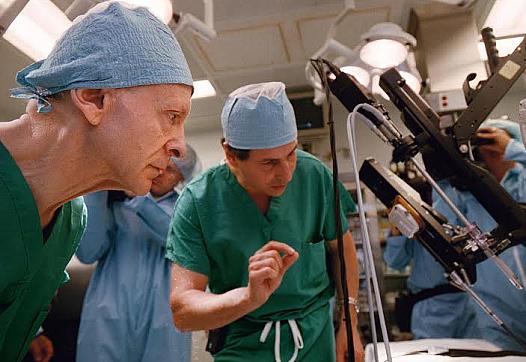
Dr. Monya De rounds out her top 10 predictions on what medicine will look like over the decades to come. Not surprisingly, she projects technology to play a big role, from surgical robots to telemedicine.
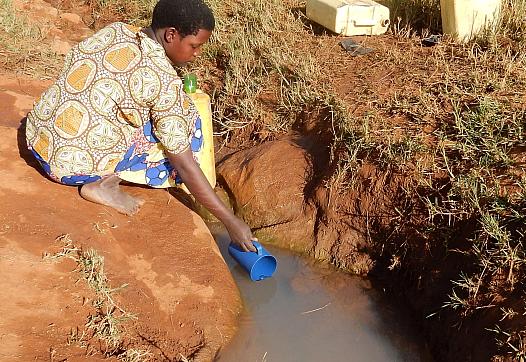
According to a survey conducted in early 2016 by ACH360, a nonprofit organization promoting health for rural communities in Ngora, Uganda, traditional beliefs associated with cancer in women are the reason why many do not seek early diagnosis and treatment.
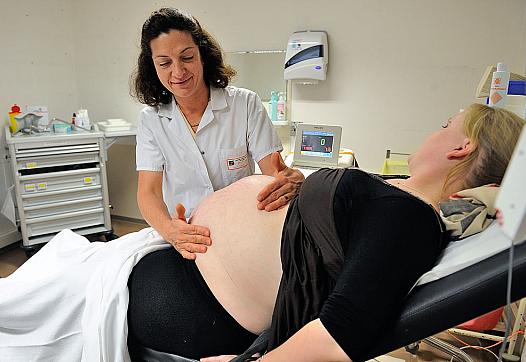
In the U.S., social welfare benefits tend to impose tight restrictions on recipients. But in Manitoba, low-income pregnant women can receive a no-strings-attached cash boost. Research suggests it leads to healthier babies.
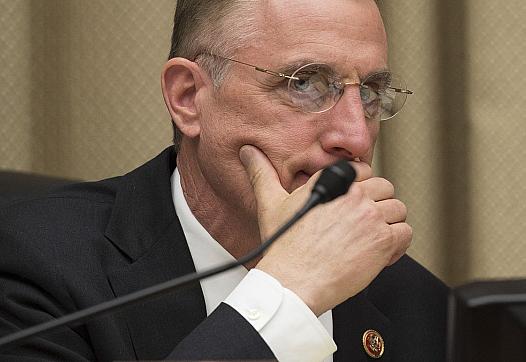
A long-deferred attempt to reform mental health care advanced out a House committee this week. Here's a look at how the bill seeks to change "the nation's broken mental health system," and some of the coverage to date.
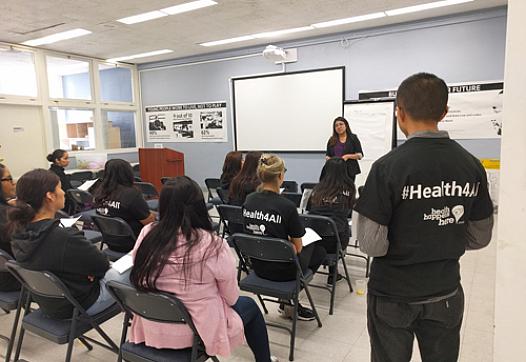
Senate Bill 10, recently signed by Gov. Jerry Brown, could open the door to coverage for DACA recipients and undocumented residents currently excluded from ACA exchange coverage.
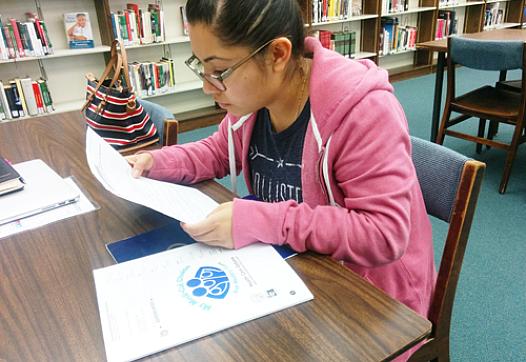
Stephanie Martinez has health insurance, but like many in her situation, her road to coverage was complicated by her family’s mixed-immigration status and household income.
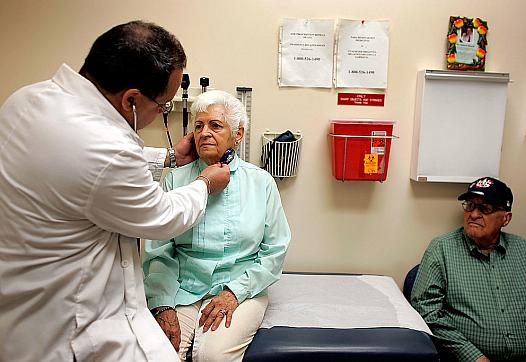
Two physicians argue that the effort to track health care quality needs to do a better job of measuring the misuse and overuse of health care services.

For many of the young immigrants who applied for Deferred Action for Childhood Arrivals status, getting health insurance has not been easy. For others, it hasn’t been a priority.